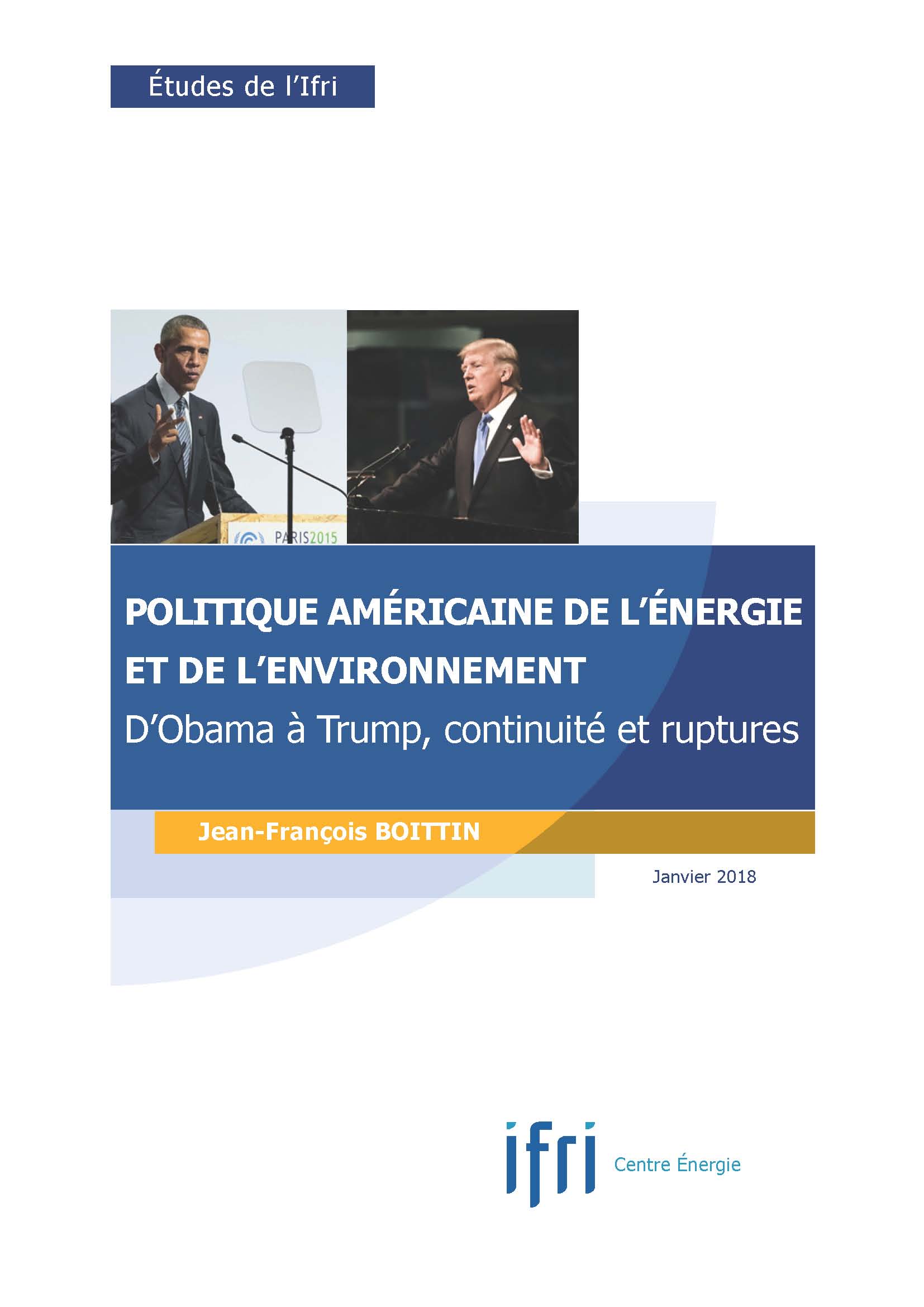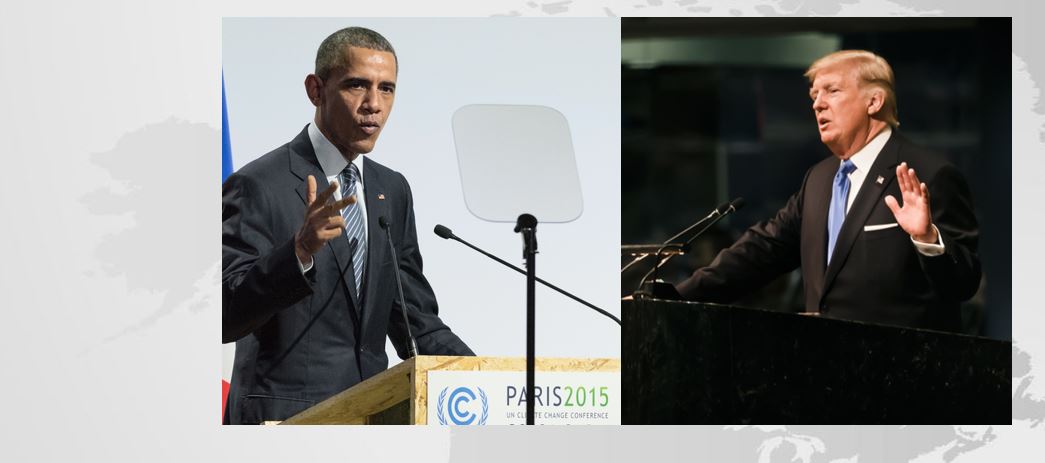US Energy and Environmental Policies. From Obama to Trump. Continuities and Divergences

President Trump’s administration is characterized by its systematic denial and repealing of measures from his predecessor, be it in foreign policy or domestic policy. This is particularly the case for the energy and environmental policies. There is however a continuity from one administration to another: the steady rise of US hydrocarbon production and the development of the US as a global leader in oil and gas production and in the near future, their exports to global markets.

From 2008 until 2015, natural gas production increased by 34%, and total liquids production by 88%. The International Energy Agency (IEA) confirms that this trend will continue at record levels in the next decade. Policy is not the explanatory factor of this impressive increase in output: the dynamism of operators, alongside the technological progress, enabled these spectacular results, and made the oil sector unexpectedly resilient to the fall in oil prices triggered by Saudi Arabia’s oversupply which was meant also to hurt the tight oil industry. These stakeholders now empower President Trump to come up with its new slogan, more ambitious than energy independence: the US energy “dominance”. This is close to becoming reality: US rising exports of Liquefied Natural Gas (LNG), in an increasingly global market, are already a key factor helping to balance the market and will play a growing geostrategic role. Oil exports, authorized since 2015, are rising as well and, according to the US Energy Information Administration (EIA), are to surpass imports by 2026. This is great news for the country, but also for the rest of the world: US oil and gas exports are fostering global security of supplies and helping a greater price stability.
This content is available in French only: Politique américaine de l'énergie et de l'environnement. D'Obama à Trump, continuité et ruptures






